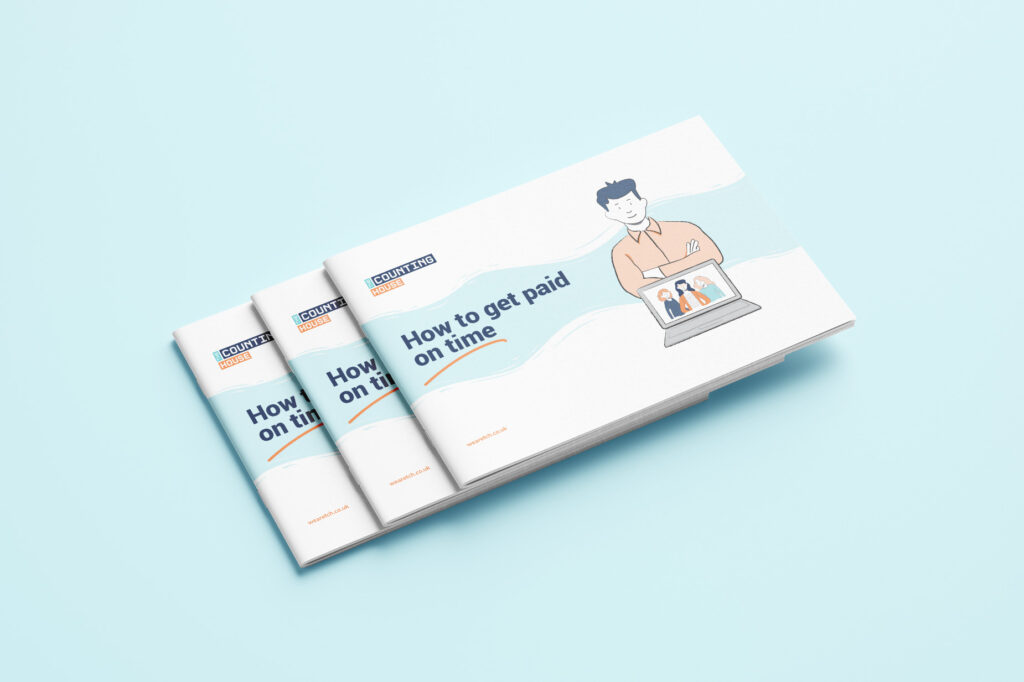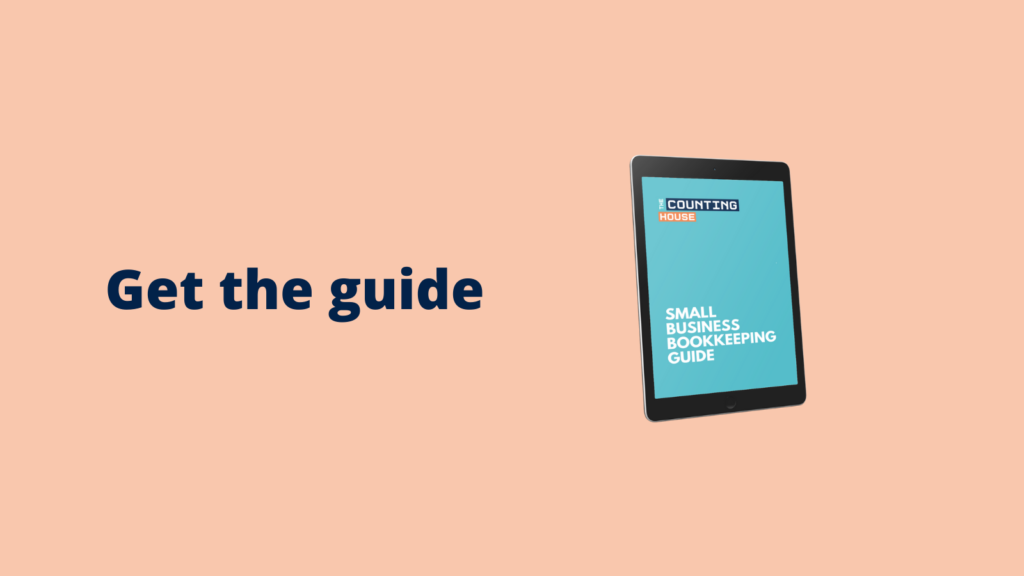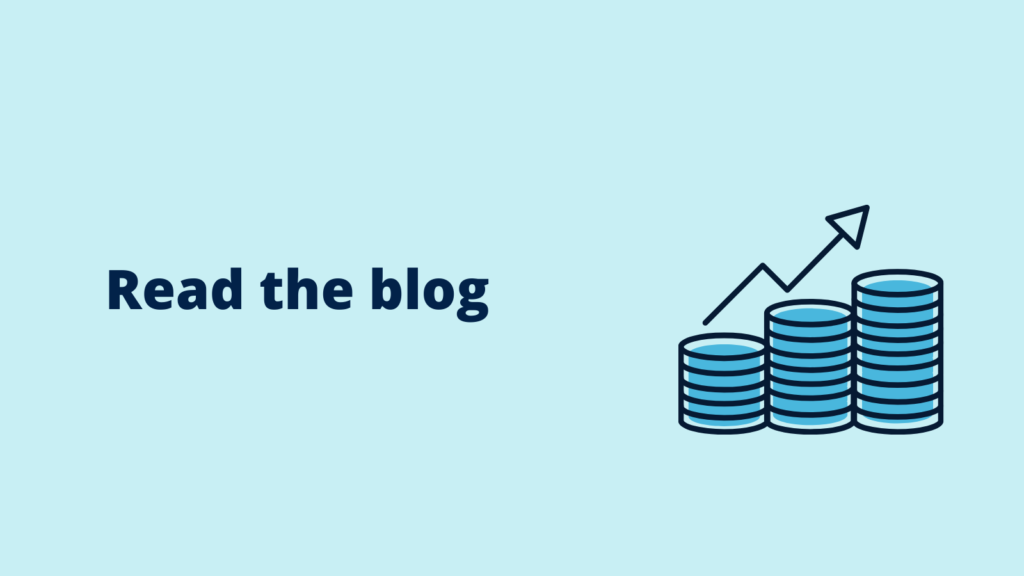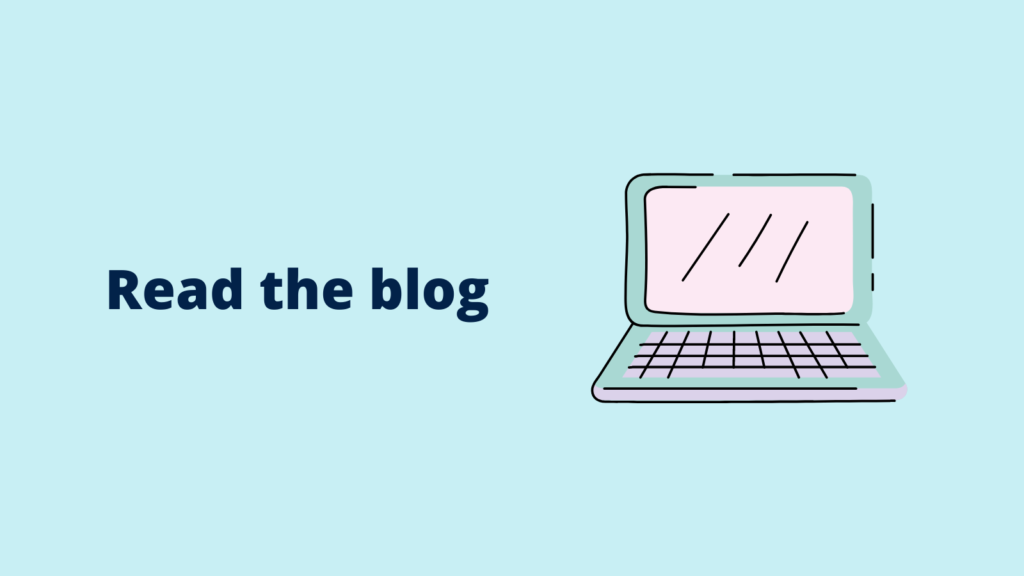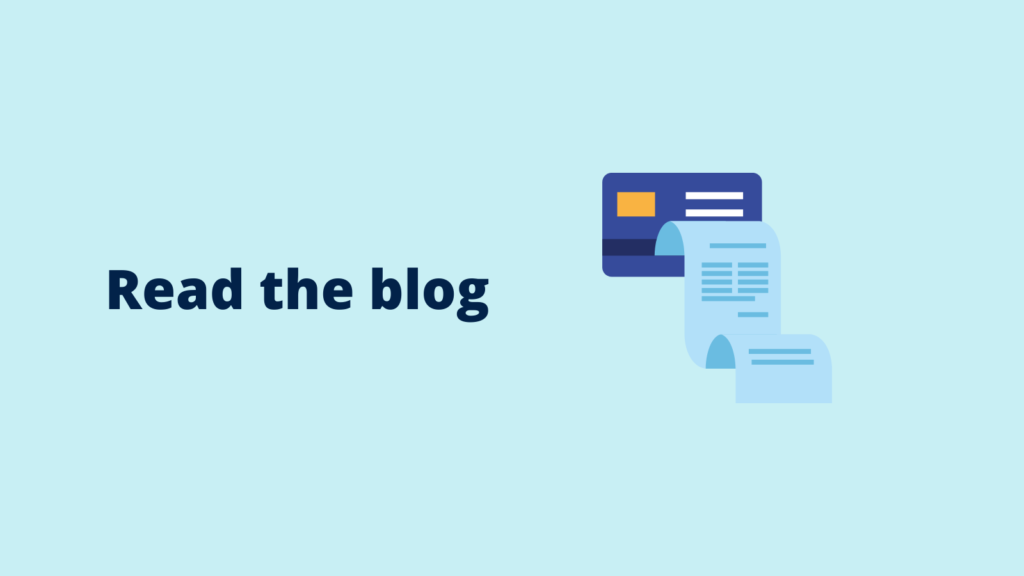Accounting software or Excel?
Excel is OK in certain circumstances, but if you are VAT registered, make sure you are using accounting software. By using accounting software it makes it so much easier to calculate your monthly or quarterly return and it can be done in seconds. It also eliminates the risk of double counting invoices, will take into account any late claims for VAT and will even submit to HMRC direct from the software itself, no need to login to the HMRC website.
Make sure you’re on the right scheme
Being on the right scheme is crucial. Is the flat rate scheme for you (i.e. VAT is calculated on your gross sales for the applicable period)? Maybe the annual accounting scheme would work better? If your business struggles to get money in from your customers the cash accounting scheme may be for you, where you don’t pay over VAT to HMRC until your customer has paid you. Speak to your accountant to ensure you are on the best scheme to suit your business.
Get a separate bank account
We all know what its like when the VAT bill rolls around again and you’re wondering where you are going to find the money to pay it. Well break out of the cycle and set up a separate VAT account and never have to worry again. The best way to do this is to set up a second bank account rather than just transferring it on your accounting software as this can lead to confusion when reconciling your bank.
Speak to your bank and arrange a second bank account which acts as a savings account without a debit card so that you can’t dip into it in ‘emergencies’. Then at the end of each month run your VAT return for the month which has just finished. Check through your VAT return as you normally would and if you are happy that everything has been recorded correctly transfer the VAT amount which you owe to HMRC for that month into your savings account. Do this at the end of every month and you will never have to worry about paying your VAT bill again. The money will always be sat in your savings account waiting for the end of each quarter. When it comes round to paying HMRC simply transfer how much you owe out of your savings and pay it over to HMRC.
On the right track
Hopefully these steps will help you take the stress out of dealing with your VAT. If you’d like to have a chat with us about how we could help you with your monthly bookkeeping, including your VAT, please get in touch, we’d love to hear from you.
If you enjoyed this article, please feel free to share it on your favorite social media sites.

